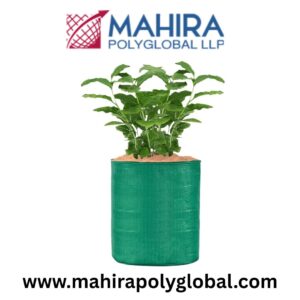Introduction
Yeast fermentation has been a cornerstone of biotechnology, especially in the production of biopharmaceuticals and biofuels. Central to this process is the cultivation of yeast organisms under controlled conditions to maximize yield and efficacy. A key aspect of this is adhering to current Good Manufacturing Practices (cGMP), which ensure that fermentation processes are consistent, reproducible, and compliant with regulatory standards.
Understanding cGMP in Fermentation
Current Good Manufacturing Practices (cGMP) refer to the systems and procedures that organizations must follow to ensure their products are safe, effective, and of high quality. In the realm of yeast fermentation, cGMP encompasses various practices throughout the production process, including:
- Infrastructure: Facilities must be designed to prevent contamination and ensure the integrity of the fermentation process.
- Equipment: Fermentation vessels and associated equipment must be maintained, calibrated, and sanitized regularly to minimize risks.
- Documentation: All processes should be thoroughly documented, including batch records, procedures, and quality control measures.
- Training: Personnel must be trained in cGMP practices to ensure adherence throughout the production cycle.
The Fermentation Process
The fermentation process itself involves several critical stages, including the inoculation of yeast, growth phase, production phase, and harvesting. Key considerations during these stages include:
- Inoculation: Selecting the appropriate yeast strain is vital. Yeast strains have distinct fermentation characteristics that can influence the final product’s quality. Inoculation conditions, such as temperature and pH, must be carefully controlled.
- Growth Phase: During this phase, yeast cells multiply rapidly. Nutrient availability plays a crucial role here, as the yeast requires a balanced supply of sugars, nitrogen, vitamins, and minerals. Monitoring environmental conditions such as temperature, pH, and oxygen levels ensures optimal cell growth.
- Production Phase: In this stage, yeast metabolizes sugars to produce desired products, such as ethanol or recombinant proteins. Factors like fermentation duration, temperature, and agitation are critical in optimizing yield and product quality.
- Harvesting: Once fermentation is complete, the product must be separated from the biomass. Techniques such as centrifugation or filtration are commonly employed. It’s crucial that this step is conducted under cGMP guidelines to avoid contamination.
Quality Assurance and Control
Quality assurance and control are integral to ensuring that the fermentation process meets the set standards. This involves the following:
- Regular Testing: Samples from the fermentation process should be regularly tested for purity and potency. Analytical methods such as high-performance liquid chromatography (HPLC) can be employed to assess product concentrations.
- Environmental Monitoring: Regular monitoring of environmental conditions within the fermentation facility is essential to prevent contamination from microorganisms or other pollutants.
- Validation: Processes must be validated to confirm that they consistently produce products meeting predetermined specifications. This includes protocol development, execution, and reporting of results.
Conclusion
Yeast cGMP fermentation stands at the intersection of biotechnology and regulatory compliance. By adhering to the principles of cGMP, manufacturers can ensure the production of high-quality biopharmaceuticals and other yeast-derived products. Continuous improvement and innovation in fermentation techniques, coupled with robust quality management systems, will further enhance the efficiency and reliability of yeast fermentation processes. As the demand for bioproducts continues to rise, the importance of cGMP in yeast fermentation will only grow, paving the way for advancements in the field.




